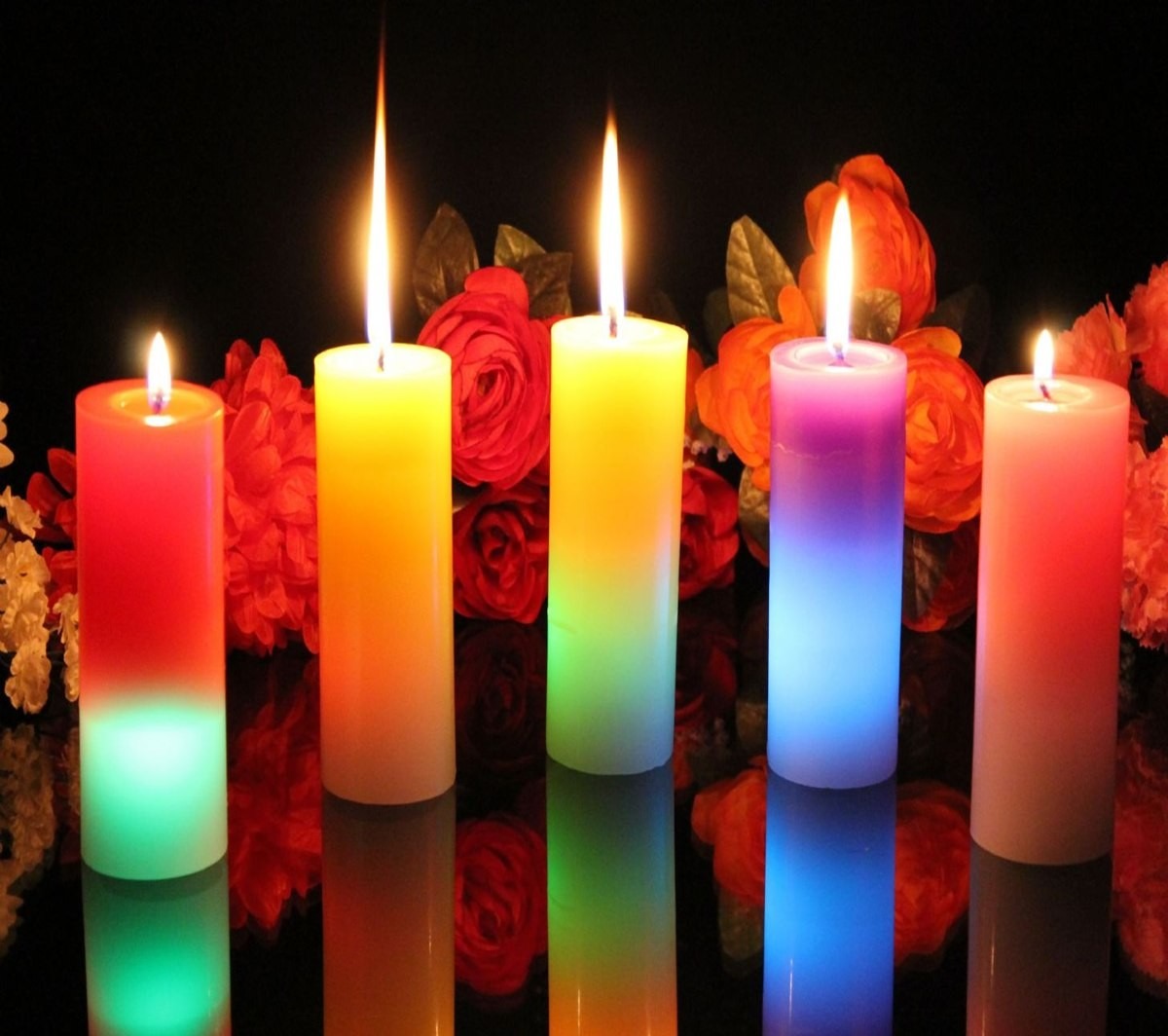Las Velas, or candles, have been an integral part of human culture for centuries, serving not only as a source of light but also as symbols of celebration and spirituality. In this article, we will explore the fascinating world of candle making, its historical significance, and the various types of candles that exist today. Whether you are a DIY enthusiast looking to create your own candles or someone interested in the cultural aspects of candle use, this guide is designed to provide you with in-depth knowledge and insights.
From the humble beginnings of candles made from tallow and beeswax to the luxurious scented varieties found in homes today, the evolution of las velas reflects changes in technology, culture, and consumer preferences. This article will delve into the different methods of candle making, the materials used, and tips for creating beautiful and functional candles.
Moreover, understanding the significance of candles in various cultures and religions adds another layer of appreciation for these simple yet profound objects. Join us as we illuminate the world of las velas, revealing their beauty and importance in our lives.
Table of Contents
- History of Candles
- Types of Candles
- Materials Used in Candle Making
- How to Make Candles
- Scented vs. Unscented Candles
- Cultural Significance of Candles
- Candle Safety Tips
- Conclusion
History of Candles
The history of candles dates back to ancient civilizations, where they were used for light and religious ceremonies. The earliest known candles were made by the Egyptians around 3000 BC, who used rushes soaked in animal fat. Over the centuries, different cultures developed their own methods of candle making, leading to the variety of candles we see today.
The Evolution of Candles
As technology progressed, so did the materials used to create las velas:
- Middle Ages: Candles made from beeswax became popular in Europe, especially among the wealthy, due to their clean burn and pleasant aroma.
- 18th Century: The discovery of stearin, derived from animal fats, revolutionized candle making, making it more affordable.
- 19th Century: The introduction of paraffin wax from petroleum further expanded the candle market, leading to mass production.
Types of Candles
There are several types of candles, each serving different purposes and appealing to various preferences:
- Votive Candles: Small candles typically placed in holders, often used for religious or ceremonial purposes.
- Pillar Candles: Larger, standalone candles that can burn for hours, great for home décor and ambiance.
- Scented Candles: Infused with essential oils or fragrance, these candles create a pleasant atmosphere and mask odors.
- Tea Light Candles: Small, round candles often used in decorative arrangements or for creating a cozy atmosphere.
Materials Used in Candle Making
Understanding the materials used in candle making is crucial for both novice and experienced crafters. Here are the common materials:
- Waxes: The primary material, which includes paraffin, beeswax, soy wax, and palm wax.
- Wicks: Made from cotton or wood, wicks are essential for burning the candle.
- Fragrances: Essential oils or synthetic fragrances added for scent.
- Dyes: Used to color the candles, available in liquid or solid forms.
How to Make Candles
Creating your own las velas can be a rewarding experience. Here’s a simple guide to get you started:
- Gather your materials: wax, wick, fragrance, dye, and a heat source.
- Melt the wax in a double boiler until it reaches the desired temperature.
- Add fragrance and dye, stirring thoroughly.
- Secure the wick in the center of your mold or container.
- Pour the melted wax into the mold, ensuring the wick stays centered.
- Allow the candle to cool and harden before removing it from the mold.
- Trim the wick to about ¼ inch before lighting.
Scented vs. Unscented Candles
When it comes to choosing candles, one of the primary considerations is whether to opt for scented or unscented varieties:
Benefits of Scented Candles
- Enhances mood and ambiance.
- Can promote relaxation and stress relief.
- Adds pleasant aromas to the home.
Benefits of Unscented Candles
- Ideal for those with sensitivities to fragrances.
- Provides light without additional scents.
- Perfect for use during meals or gatherings where food odors are present.
Cultural Significance of Candles
Las velas hold significant cultural and religious meanings across various traditions:
- Christianity: Candles are used in church services and during prayers to symbolize light and hope.
- Hinduism: Diyas (small oil lamps) are used during Diwali to ward off darkness.
- Mexican Tradition: Candles are an essential part of Dia de los Muertos (Day of the Dead) celebrations.
Candle Safety Tips
While candles can enhance any space, safety should always be a priority. Here are some essential tips:
- Never leave a burning candle unattended.
- Keep candles away from flammable materials.
- Trim wicks to prevent excessive flame and soot.
- Use candle holders that are sturdy and heat-resistant.
Conclusion
Las velas are more than just sources of light; they are a reflection of culture, creativity, and craftsmanship. Whether you choose to create your own candles or enjoy the variety available on the market, understanding their history, types, and significance can enhance your appreciation of these beautiful objects. We encourage you to explore the art of candle making or share your thoughts on your favorite types of candles in the comments below!
Thank you for reading! If you found this article helpful, consider sharing it with friends or exploring more topics on our site related to home décor and crafts.
Mary Joe Fernandez: A Comprehensive Look At Her Life And Career
Lil Zane: The Rise Of A Hip-Hop Sensation
Carter Bank And Trust: A Comprehensive Guide To Services And Benefits


